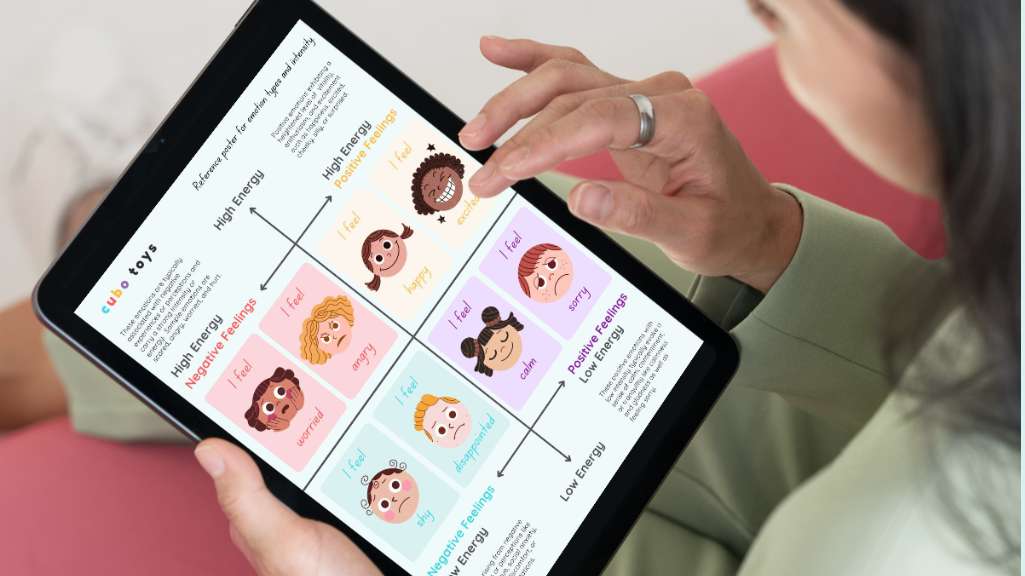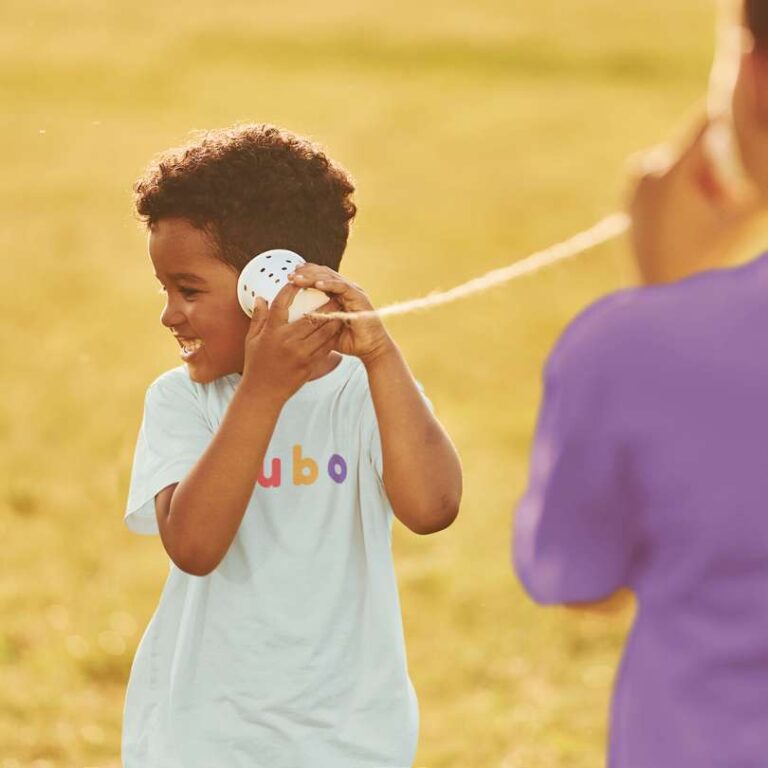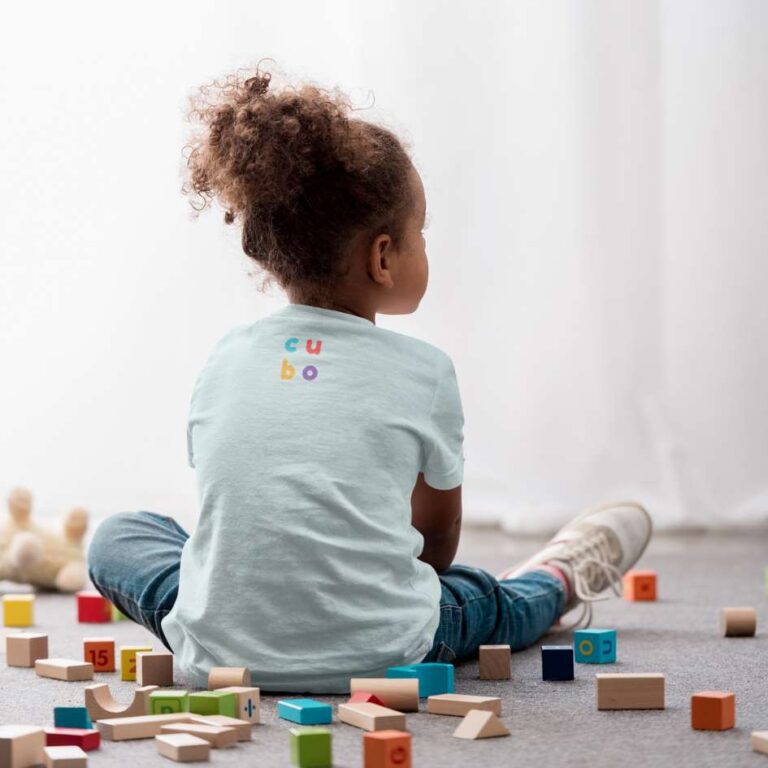Ever wondered why it feels like pulling teeth to get your kids to move from one activity to the next?
We’re diving deep into why kids struggle with transitions. Armed with this knowledge, you’ll be better equipped to support them through smoother days in 3, 2, 1.


1 / Cognitive Flexibility Challenges
Switching gears between tasks impacts their developing brains, leaving them feeling out of sync. For example, when a child is engrossed in building a tower and abruptly asked to stop and clean up, their cognitive flexibility is put to the test. Cognitive processes such as task-switching and cognitive shifting play a role in these challenges.

2 / Attachment to the Familiar
Kids often resist leaving their favorite activities, toys, or people behind. For instance, a child may find it challenging to transition from playtime with friends to quiet reading time. Emotional attachments and the comfort of the familiar can make it difficult for them to move on.

3 / Stability in an Unpredictable World
Unexpected changes can throw kids off balance. For example, when a family’s daily routine suddenly changes due to a vacation or unexpected event, transitions become more challenging. Establishing routines, using visual cues, and setting clear expectations can provide a sense of predictability and help smoothen transitions.

4 / Pursuit of Control
Power struggles may arise during transitions when kids feel a lack of control. For instance, a child may resist getting ready for bed because they perceive it as an imposition. Empowering children, involving them in decision-making, and offering choices can make transitions feel more collaborative and less coercive.

5 / Concept of Time
Understanding the concept of time can be difficult for kids. For example, asking a child to stop playing and get dressed for school may be challenging if they struggle to gauge how much time has passed. Providing visual cues, using timers, and establishing routines can assist childrenin managing their time perception and navigating transitions more smoothly.

6 / Leaving the Fun
Transitions from exciting or stimulating activities to less engaging ones can be tough. For example, moving from outdoor play to sitting down for homework can be met with resistance. Overstimulation can make it harder for children to transition. Strategies such as providing transition warnings, offering incentives, and creating a gradual shift can help ease the transition from high-energy to low-energy tasks.
In this blog, we’ve provided valuable insights into the specific reasons why kids struggle with transitions. By understanding the cognitive and emotional aspects involved and addressing the need for predictability, control, and time comprehension, you’ll be equipped with practical strategies to guide your children through smoother transitions. Unravel the transition mystery and create a harmonious flow in your household by supporting your kids in navigating these challenges effectively.
If you like our blog Why Kids Struggle with Transitions, please don’t forget to subscribe to our newsletter to get the latest blog releases. Last Emotional Awareness Month, we also talked about why your toddler has big feelings, what are those top emotions that they usually feel, and emotion coaching for toddlers and preschoolers if you need extra help in getting them through the day. You can also support your kids emotional wellbeing in this Emotional Wellness Playbook.

Get ready for smoother days~!
You can drive test our beautiful products by printing our social emotional learning lesson plans.







